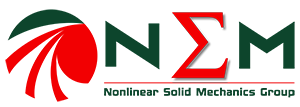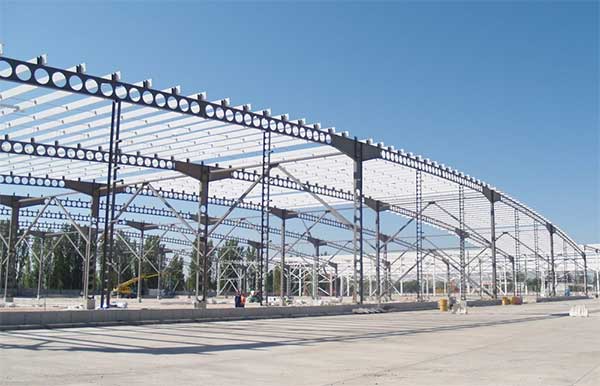An open question in Solid mechanics: the effect of anisotropy and porosity in the strength and ductility of printed metals



APPLIED aims to characterize and model the mechanical behavior of aluminum Al6061.
This material is used in the transportation (automobile, naval and aeronautic) and civilian-security industries to manufacture mechanical elements and parts of high structural responsibility. The aluminum Al6061 can be manufactured by traditional machining processes and/or by 3D printing.
The key idea of APPLIED is to carry out a comparison between the behaviors of the printed Al6061 and its machined counterpart, in order to identify the specific features that the printing process induces in the mechanical response of the material.

While it is known that parts manufactured with 3D printing show important levels of porosity and mechanical properties that depend on the printing direction, the characterization of the effect that porosity and anisotropy have on the strength and ductility of the printed material is a pending task within the context of Solid Mechanics. This is precisely the objective that we have targeted in this project, for which we have devised an ambitious research methodology that includes experiments, analytics and numerics.
The steps of the methodology are:
Note that all the steps of the methodology will be carried out using both machined and printed Al6061. Thus, at the completion of this project we will have an exhaustive characterization of the mechanical behavior of printed Al6061. In addition, the comparison of the results obtained for printed Al6061 and its machined counterpart will allow us to determine the effect that anisotropy and porosity have on the mechanical behavior of printed metals.
We expect that APPLIED, due to its originality and strong innovative character, will have an important impact on the scientific community, and will allow to open new routes of research on the mechanical behavior of printed metals.
This will have great relevance for strategic industrial sectors for Europe, such as the transportation and civilian-security industries mentioned before. These industries, which are subjected to great competitive pressure, expect that 3D printing will allow them to reduce the production, transportation and repairing costs of components, parts and structures, thus helping them to improve their competitiveness in the global market.
To get your questions answered or ask for aditional information, please contact us: